No Conservation Without Justice
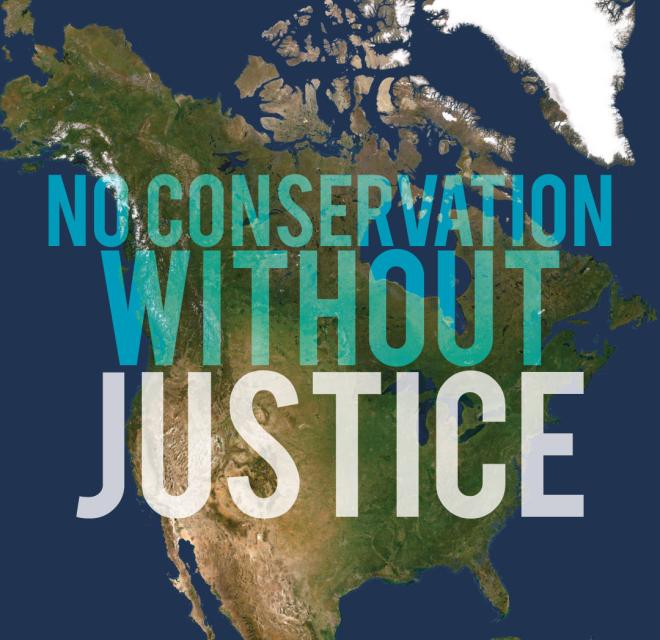
THE ONLY FUTURE FOR ENVIRONMENTAL ACTION
Torrance Coste | National Campaign Director
Environmentalism has been part of our communities for a long time. It has won protection for important places and reduced or delayed some of the worst ecological impacts of human activity.
But we need to grapple with the fact our movement hasn’t been, and still isn’t, inclusive and accessible to everyone. It’s fraught with the same systemic injustice that plagues the rest of our society. Environmentalist spaces remain predominantly white and middle class, unrepresentative of the population and therefore limited in our ability to fight for everybody. Oppression and barriers based on race, gender, class and other identities remain entrenched, and it’s time for hard reflection and concrete actions to address this.
As we battle through a global pandemic, and racial justice and human rights are becoming topics of conversation in more households — now is the time to take on this work.
And in this country, that must start with fighting for justice for Indigenous peoples.
The future of environmentalism needs to be centred on giving land back and restoring sovereignty to Indigenous people.
Every part of Canada is on the territory of Indigenous peoples. This means when non-Indigenous people stand up for ecosystems, we’re advocating for land that isn’t ours.
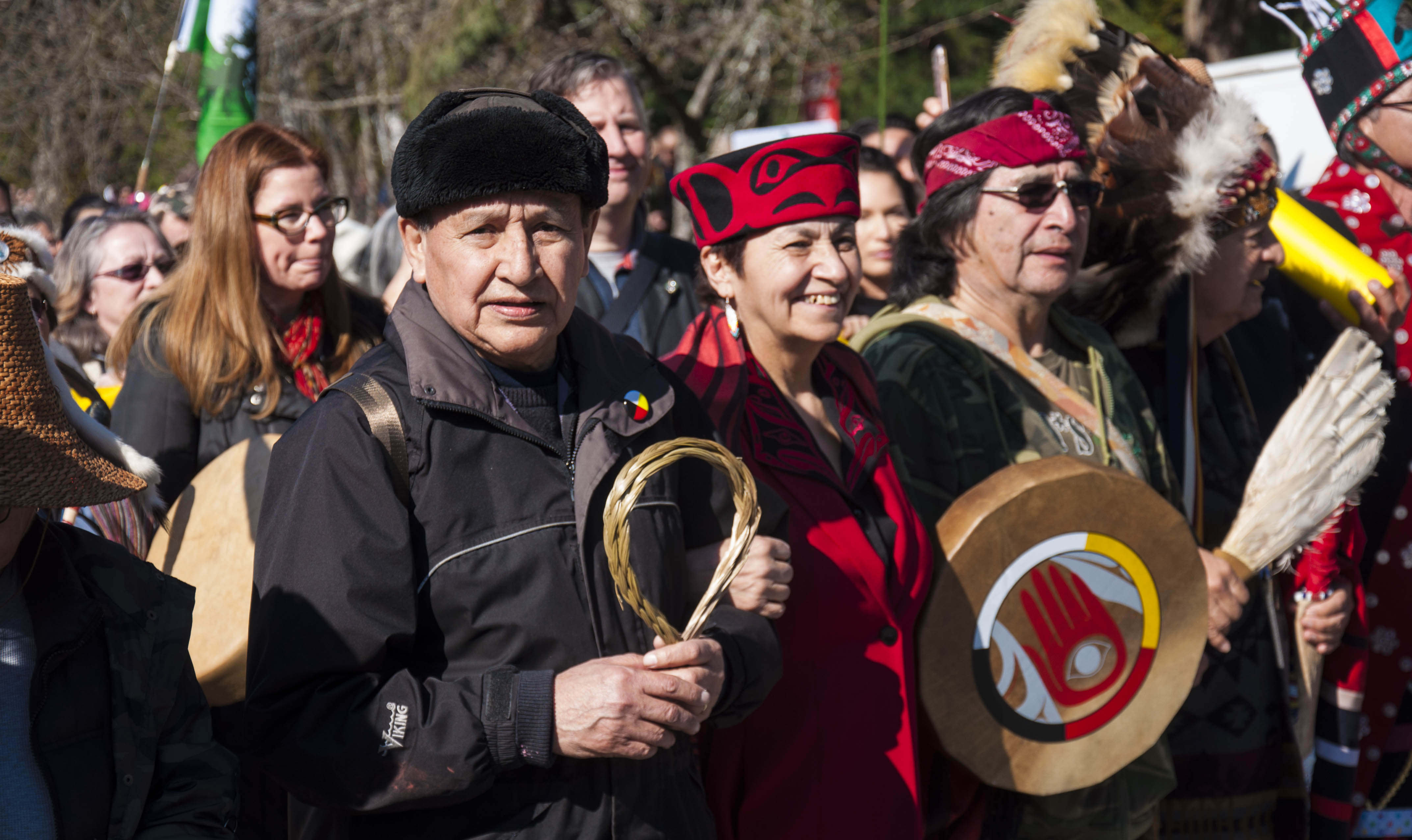
Not only must we demand Indigenous peoples have the first and final say on resource and development projects; to truly address our colonial legacy and begin to decolonize our activism, we have to go further. The future of environmentalism needs to be centred on giving land back and restoring sovereignty to Indigenous people.
Indigenous activists and independent researchers have long highlighted connections between violence against Indigenous people and violence against the land. Entrenched racism that results in higher rates of incarceration of and police violence against Indigenous peoples also excuses and rationalizes the degradation of Indigenous territories in the name of logging, mining, oil and gas and other industrial activities.
Effects of environmental destruction and climate change are unequal, with disproportionate consequences for Indigenous people and marginalized communities. From oil refineries to mercury-dumping chemical plants, open-net salmon farms to massive industrial clearcuts, environmental damage in Canada happens closer to and with greater impacts on Indigenous, Black and other communities of colour.
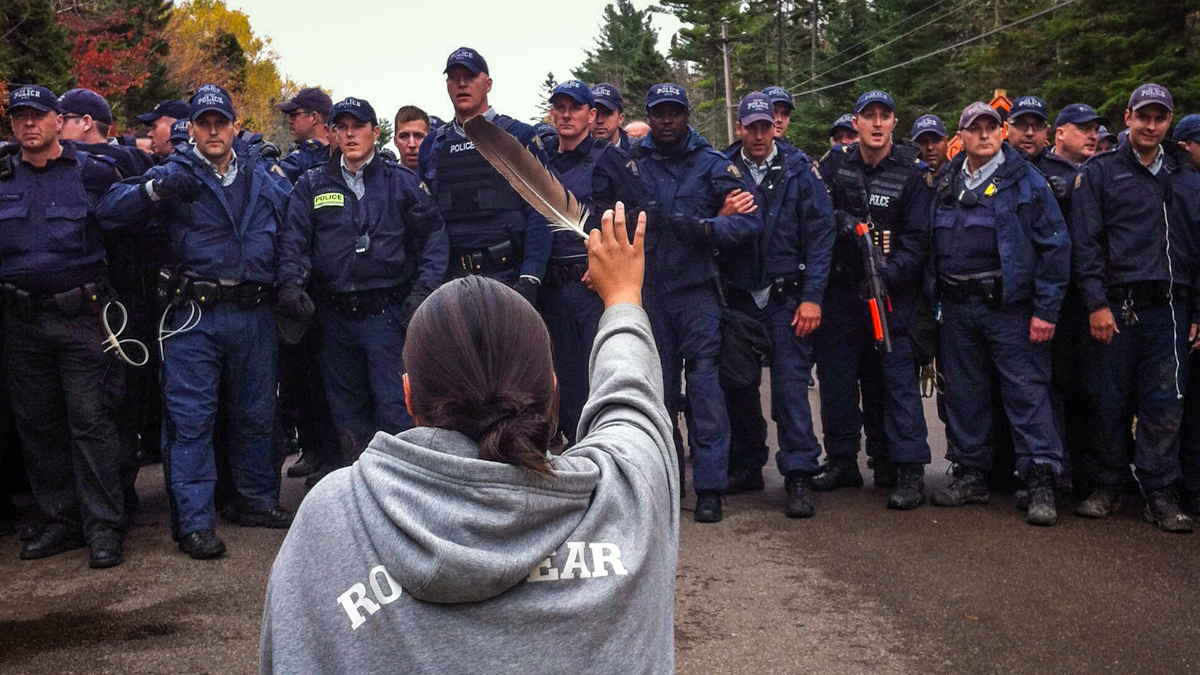
This environmental racism abounds, just as the destruction of ecosystems and the loss of wildlife species continues, the pollution of waterways and oceans increases and emissions of carbon dioxide rise. We need to recognize that the exclusivity and narrowness of the environmental movement is why our success has been so limited.
At the Wilderness Committee, we’re acknowledging our responsibility to address these problems within our organization and movement at large. We’re working to decolonize our campaigns, challenge biases to build a more inclusive movement, understand our role moving forward and ensure our efforts to protect ecosystems also uplift all people. We invite everyone to take on this challenge with us.
Read this paper to learn about examples of Indigenous-led initiatives we’re working to support and the need for all environmentalism to be based in justice for people as well as the planet.
NUCHATLAHT LAND BACK!
Emily Hoffpauir | Vancouver Island Campaign Organizer
The territory, or hahoulthee, of the Nuchatlaht Nation includes a large part of the rugged and beautiful Nootka Island. With spectacular ancient forests surrounded by rich Pacific coastal waters, this territory was once abundant with wildlife.
But after almost a century of industrial logging and fishing and the forced relocation of Nuchatlaht’s primary village to Vancouver Island by the federal government, the ecological and cultural integrity of Nootka Island is at risk. Corporations such as Western Forest Products as well as the government of British Columbia have ignored the Nuchatlaht’s wishes and continued mass resource extraction. So the Nation has gone to court to get its land back through a title case.
Provincial government lawyers are fighting the Nuchatlaht at every turn, outrageously claiming the Nation “abandoned” its territory on Nootka.
Nuchatlaht has a strong and sustainable vision for their lands and waters. Integral to this is the Nation’s Salmon Parks initiative, which seeks to protect critical valleys and honour the complex but delicate dynamic between the marine and old-growth forest ecosystems.
“The wealth here has always been owned by our people,” explains Nuchatlaht House Speaker Archie Little. “If we cut all the trees, we were poor and if we caught all the fish, we were poor — so we managed our territories and we didn’t abandon them.”
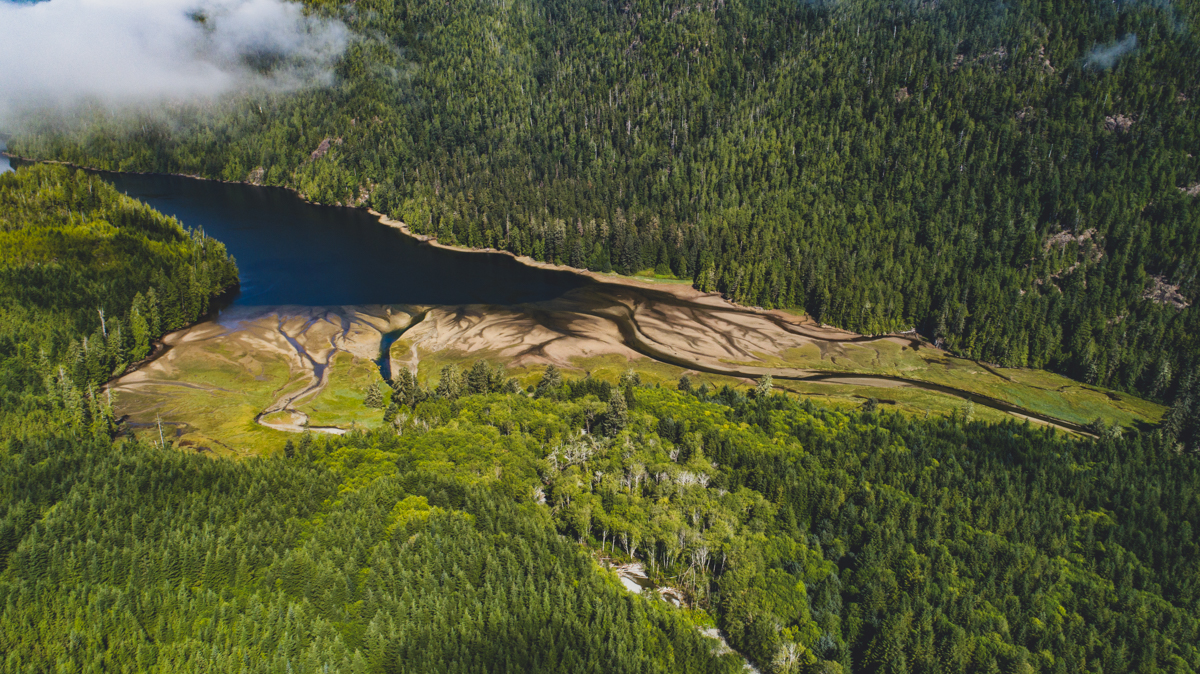
Supporting the Nuchatlaht is the way towards environmental justice on the west coast. It’s time for the wealth of this hahoulthee to be stewarded by its people once again.
DECOLONIZATION
A critical first step in environmental justice work in Canada is acknowledging past and ongoing colonization here. Colonization is a broad term but can be understood as one group taking control of the lands, resources, languages, cultures, and relationships of another. The colonization of the lands that comprise Canada is what this country is formed around and still based on. While there is no one set definition for decolonization, it’s acknowledged that decolonization is inseparable from Indigenous sovereignty. It requires the rethinking of power and relationship to the land as defined under colonization. Decolonizing environmental activism requires us to identify how our advocacy perpetuates colonization and change that, and to respect Indigenous sovereignty and ensure our work supports the wishes and aspirations of the Indigenous peoples on whose territories we work.
THE PROBLEMATIC HISTORY OF PARKS
Eric Reder | Wilderness and Water Campaigner
Protecting places and species from industrial development is at the heart of conservation. However, the history and management of parks are contentious for many Indigenous people. Most parks have been created on Indigenous territories without consent, at the very least, and sometimes with worse injustices such as the forced relocation of people from their land.
After provincial and federal governments establish parks, the ability of Indigenous peoples to access their territories, harvest foods and medicines and practice their cultures are often restricted.
Conservation remains an ecological imperative in the face of the climate crisis, and the protection of lands and waters must be done according to the wishes of Indigenous Nations.
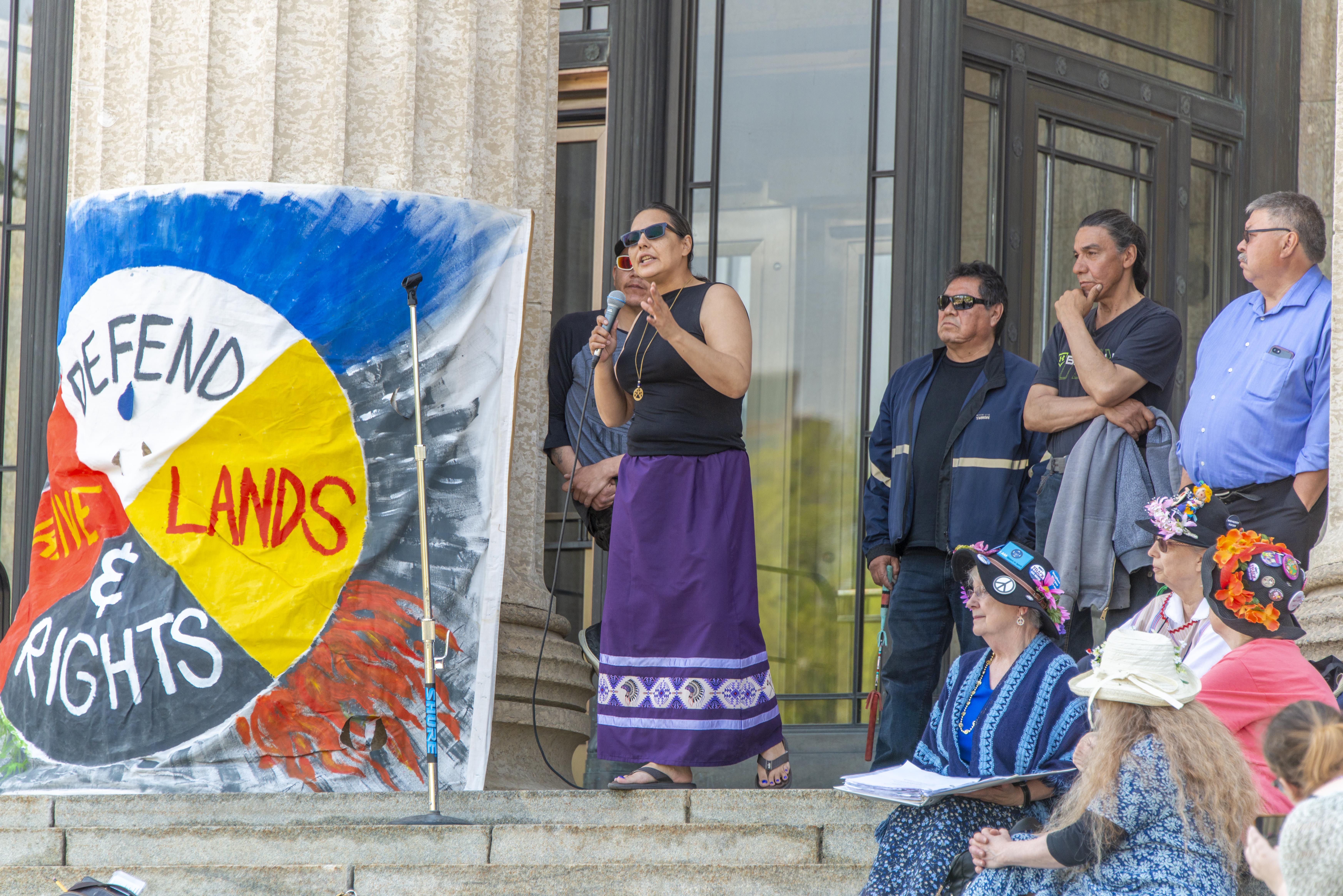
It’s not enough to demand Indigenous rights be upheld when we’re opposing the industrial projects that are destroying ecosystems. We must also insist that Indigenous people be in charge of the protection of lands and waters in their territories. We have to decolonize existing parks and ensure that Indigenous rights are the foundation of new protected areas.
Using Indigenous place names to acknowledge and respect the true history, highlighting the lessons and stories of the area that Indigenous communities wish to share and respecting Indigenous decision-making authority are all critical.
We must recognize and meaningfully address the harm caused by past park creation, and new protected areas must be established with the consent and leadership of Indigenous communities.

INDIGENOUS LEADERSHIP SPOTLIGHT: DASIQOX TRIBAL PARK
Joe Foy | Protected Areas Campaigner
From snow-capped mountain peaks to rich interior forests, clear glacial lakes and wild rivers, Tŝilhqot’in territory is one of the most spectacular landscapes on Earth.
The Tŝilhqot’in National Government, which represents the communities of Tl’etinqox, ʔEsdilagh, Yuneŝit’in, Tŝideldel, Tl’esqox and Xeni Gwet’in, manages this vast territory that Tŝilhqot’in people have looked after since time immemorial.
One option the national government is exploring is Tribal Parks — Indigenous-led conservation areas that align and reconcile competing interests in a territory for the benefit of all.
Dasiqox Tribal Park is a proposed Tŝilhqot’in protected area, encompassing 300,000 hectares of land and water in their territory, southwest of the town of Williams Lake, BC. Dasiqox is an expression of Indigenous governance initiated in 2014 by the Xeni Gwet’in and Yuneŝit’in in their shared caretaker area, a critical region that has faced various threats from industries like logging and mining.
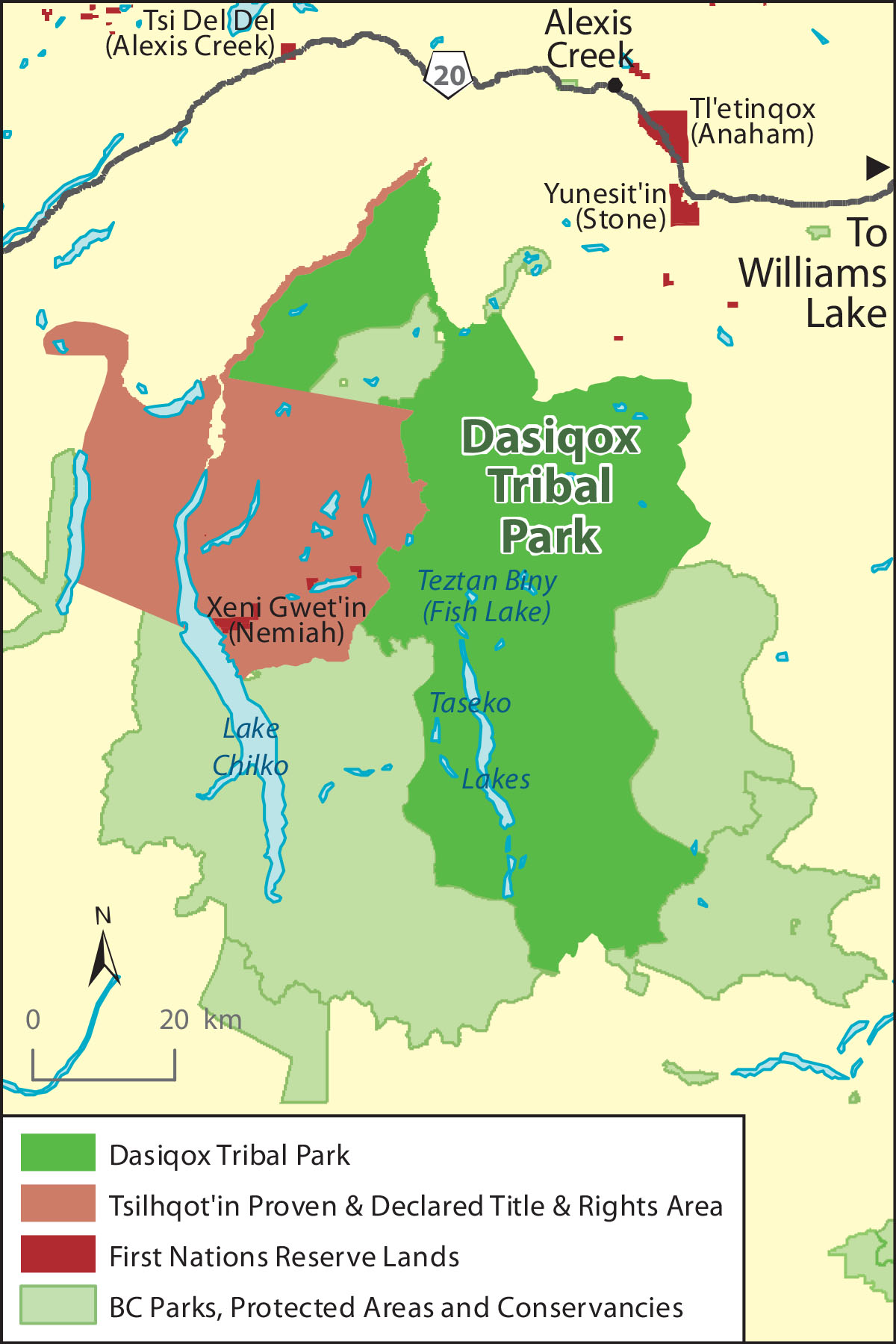
Dasiqox covers a separate and distinct area from the lands the Supreme Court of Canada acknowledged the Nation’s title to in the landmark 2014 Tŝilhqot’in Decision. This vision seeks to protect land and revitalize Tŝilhqot’in culture, while also creating opportunities for sustainable economic development.
Provincial and federal governments have wasted decades opposing the Tŝilhqot’in’s assertion of title over part of its territory, and now they must support the Nation’s vision for Dasiqox.
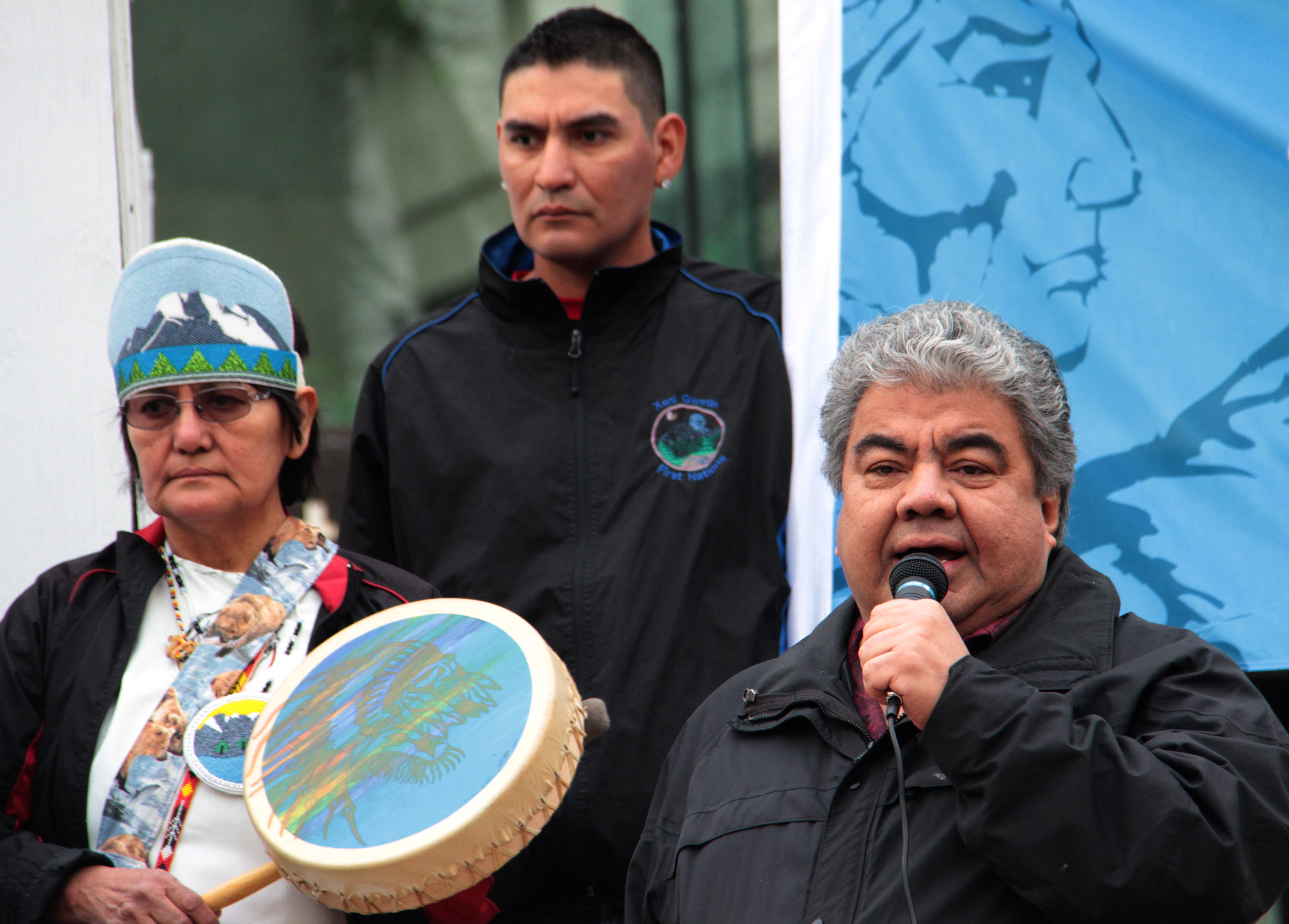
Indigenous-led protected areas are the future of conservation. We should all rally behind Tribal Parks and the right of Indigenous peoples to steward their lands and waters as they always have.
CLIMATE CHANGE AND COLONIALISM
Peter McCartney | Climate Campaigner
Indigenous peoples have led the battle against climate change in Canada over the last decade. That’s often because the same fossil fuels that pollute the atmosphere pollute their lands and waters. But it’s also because Indigenous communities have the most to lose from a warming world. For both these reasons, Indigenous rights must be at the forefront of climate activism.
By definition, Indigenous identities are rooted in place. Entire ways of life — food, traditions, even languages — emerge from relationships to the land. If those connections are threatened as ecosystems are lost or communities are displaced as the atmosphere heats up, it puts those identities at risk. Indigenous efforts to halt climate change are a fight for survival.
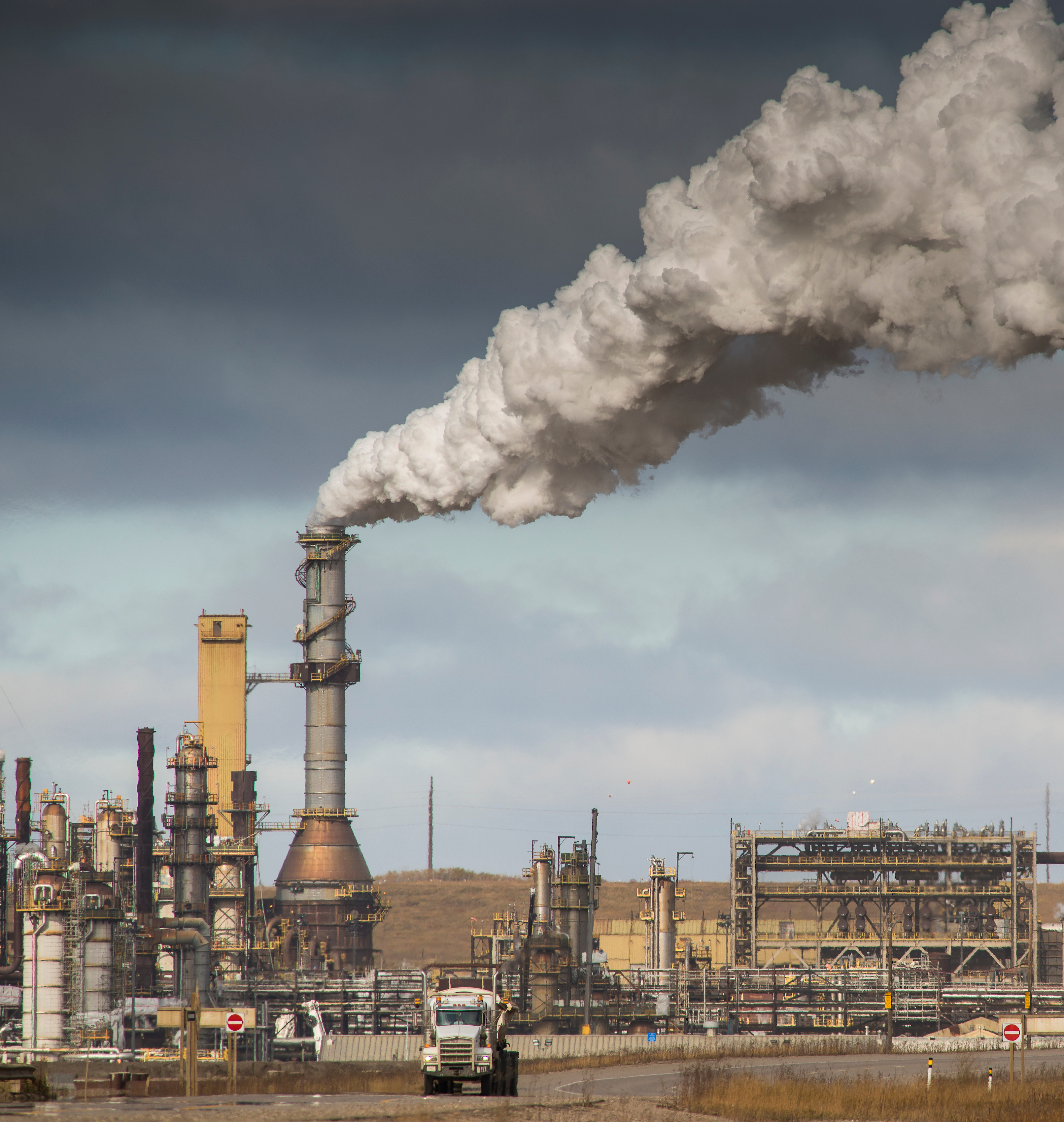
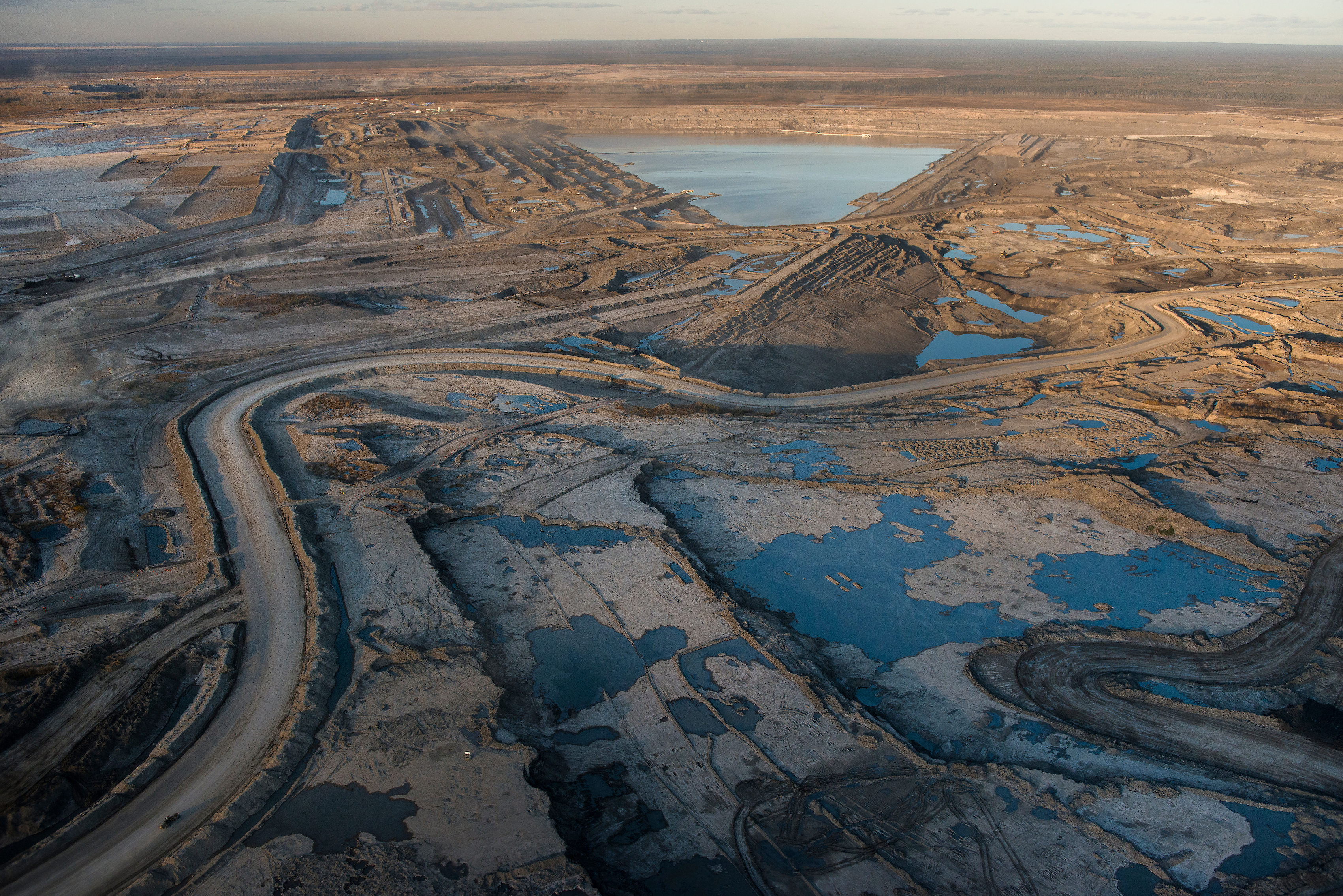
In the Alberta tar sands, Indigenous leaders have worked to save what’s left of their territories from destruction. That fight culminated in a victory against the Teck Frontier Mine, the largest tar sands project ever proposed, in early 2020. From the beginning, it was Indigenous people who launched the campaign and marshalled support from their allies.
When non-Indigenous activists follow Indigenous leadership, we win. But Indigenous rights are not a campaign tool. We must respect Indigenous sovereignty and support their struggles beyond environmental issues — especially in how we approach climate solutions. Renewable energy projects must get the consent of the Nations whose territories they are built on. Better yet, solar, wind, tidal, micro-hydro and geothermal development should be Indigenous-led.
RESPECTING INDIGENOUS RIGHTS IS THE KEY TO SAVING SPECIES
Charlotte Dawe | Conservation and Policy Campaigner
Roaming from mountaintop to riverbank throughout the Peace Region in Treaty 8 territory lives the renowned southern mountain caribou. This unique species is woven into the fabric of local Indigenous communities and is foundational to the cultures of the West Moberly and Saulteau First Nations.
But for decades industries like logging, mining and oil and gas have pushed these caribou to the edge of extinction. Construction of the W.A.C. Bennett Dam flooded caribou migration corridors and drowned some of the animals. Half a century of caribou decline has gone by with little government action and continued corporate profits.
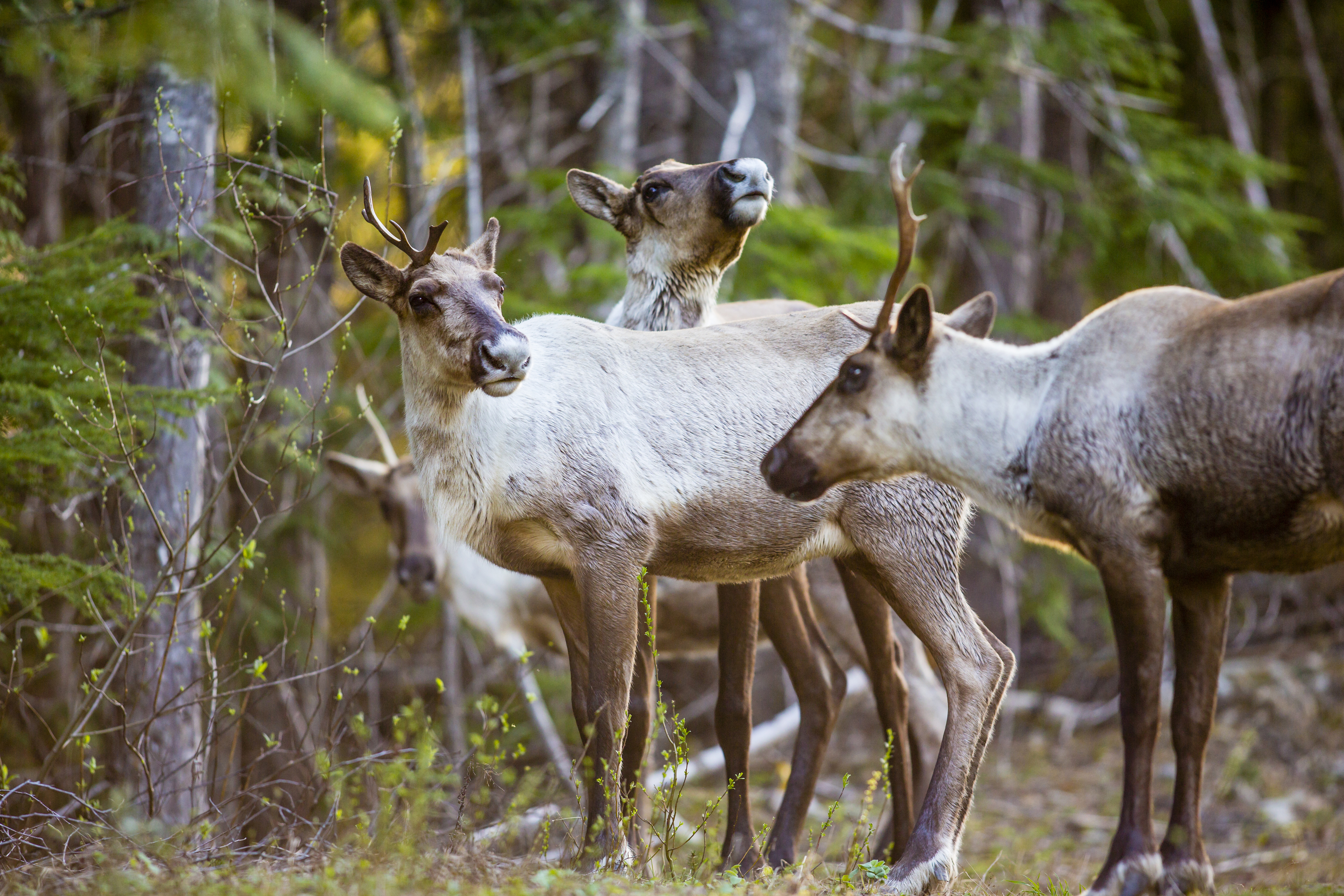
In 2012, when the Klinse-za caribou herd dropped to just 16 animals, West Moberly and Saulteau First Nations dragged governments and industry to the table to help save caribou. In February 2020, a solid plan was finally passed: the Intergovernmental Partnership Agreement for the Conservation of the Central Group of the Southern Mountain Caribou. It aims to recover six herds in the Peace region and includes a protected area, restoration of degraded habitat and an Indigenous Guardians Program.
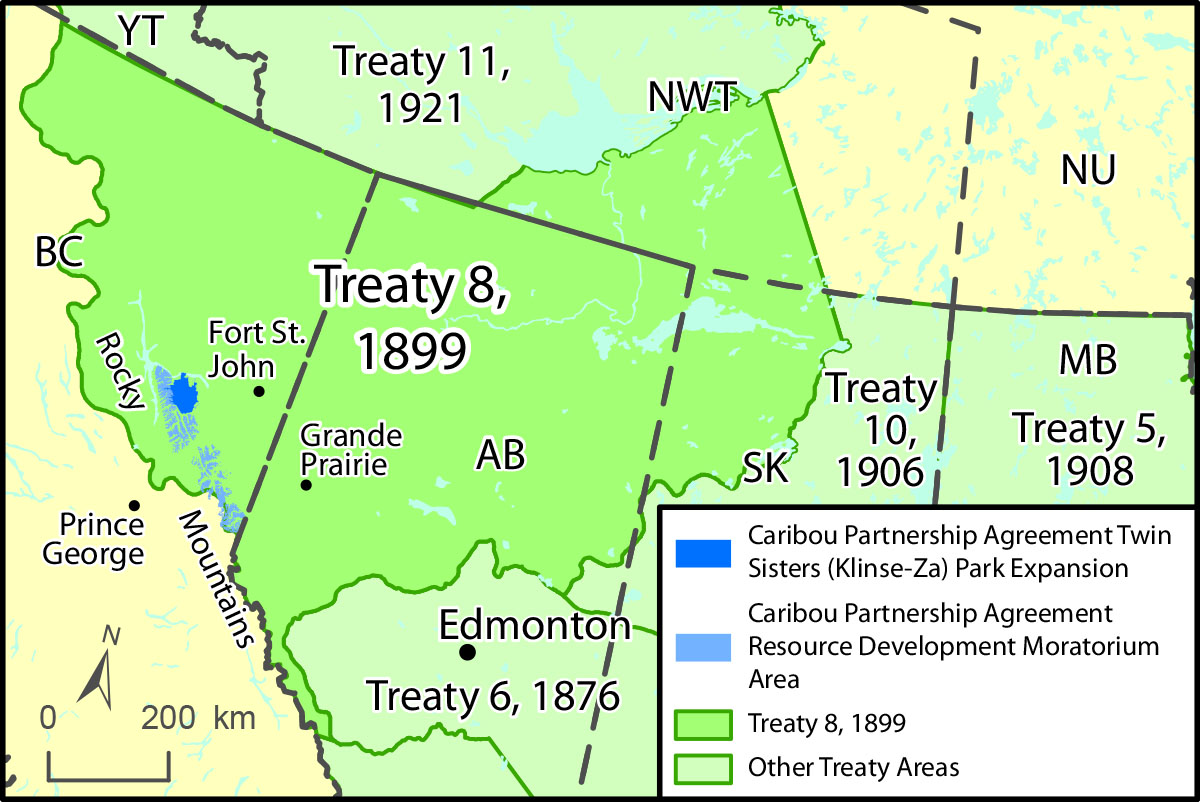
West Moberly and Saulteau First Nations are not responsible for the decline of caribou, yet these Nations have done and spent the most to keep them alive while provincial and federal governments stalled. This must change.
Indigenous leadership must be at the forefront of endangered species conservation and recovery efforts. We need more plans like the partnership agreement and it cannot take decades of habitat destruction, lost species and disregard for Indigenous rights to get there.
LAND BACK
There are well over six hundred distinct First Nations, Inuit and Métis groups within what we call Canada, and as such, there are many meanings and intentions behind the phrase “Land Back.” As groups like the 4Rs Youth Movement explain, Land Back can refer to the actual return of land ownership or to the restoration of traditional stewardship models, but the concept is always tied to the relationship and responsibility to land. nêhiyaw scholar Sylvia McAdams defines it as the restoration of Indigenous livelihoods and respect for the land and the compensation for past wrongs. As an organization, we encourage all non-Indigenous people to strive to learn what Land Back means and looks like to the people on whose territories you’re working and then align your activism with those visions.
IT’S TIME TO HONOUR THE TREATIES AND END ENVIRONMENTAL RACISM
Katie Krelove | Ontario Campaigner
There are 163 First Nations and Metis communities situated in what’s known as Ontario. Indigenous rights here — rights to practice culture, harvest, hunt and fish — are legislated through treaties. Environmental justice requires honouring these treaties, respecting Indigenous sovereignty, and righting the wrongs of displacement and disenfranchisement of Indigenous peoples.
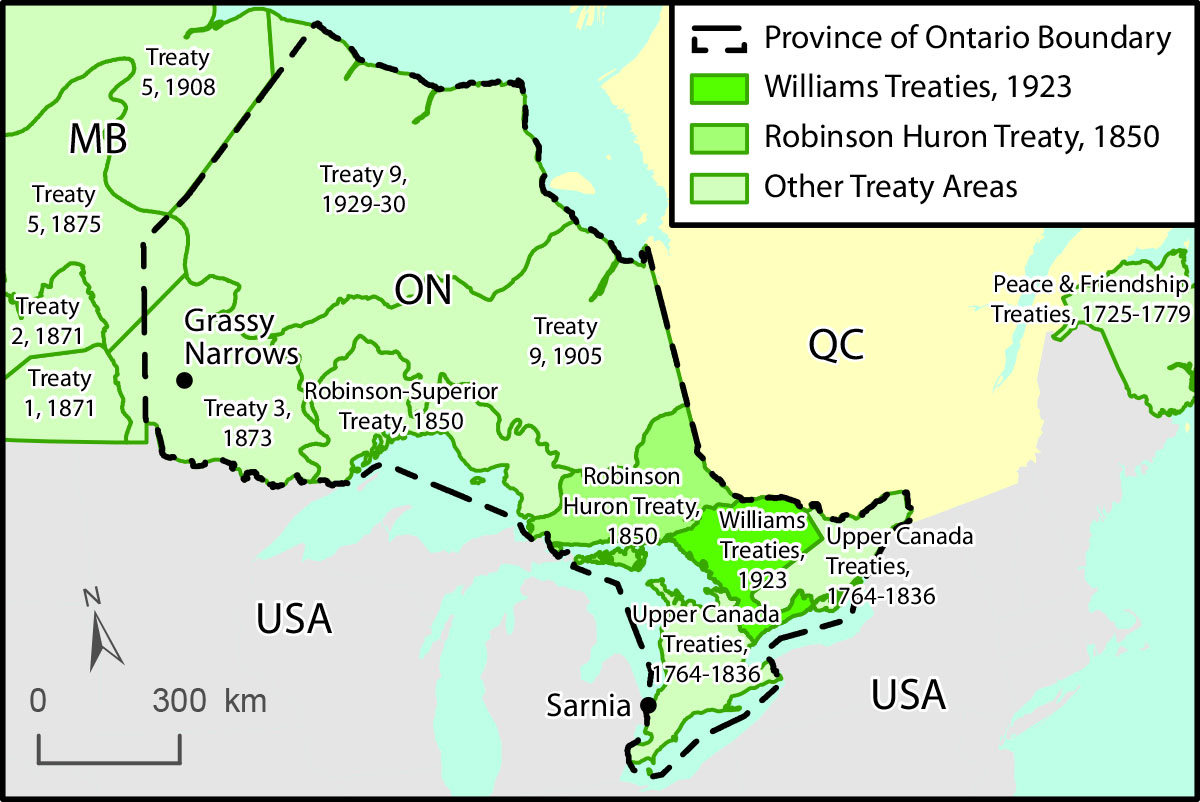
The environmental movement needs to confront environmental racism in Ontario, both in our opposition to environmental destruction and our enjoyment of wild spaces.
Our priorities have to include compensation for Grassy Narrows, where water has been poisoned by mercury from a pulp mill for over 50 years. We must amplify calls from Aamjiwnaang First Nation for stricter environmental regulations in Sarnia’s Chemical Valley. And we need to support legal assertions of rights such as the Traditional Ecological Knowledge Elders fighting to end herbicide spraying in forests in Robinson-Huron Treaty territory.
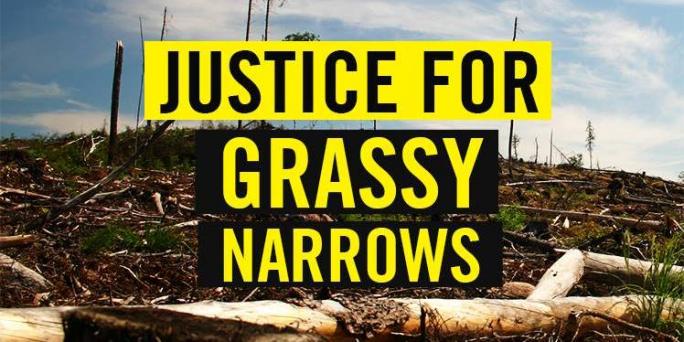
But we must also support Indigenous communities impacted not by polluting industries but by our own enjoyment of the outdoors.
The Anishinaabeg Nations are reviving manoomin, or wild rice, harvesting in the local waters of the Williams Treaty area, also known as the Kawarthas. However, this food sovereignty and knowledge sharing work has been met with resistance from some cottagers who fear the aesthetic and recreational impacts of restoring the rice plants in lakes they use.
We need to view issues like this through the lens of decolonization, to re-think our perceptions of what constitutes nature and to support the self-determination of Indigenous people. Shifting of power over land use can be uncomfortable for us, especially when it comes up against property lines. But this discomfort is part of learning that’s needed if we’re to shake up our old ideas of “conservation” and fight for environmental justice for everyone.
INDIGENOUS RIGHTS = HEALTHY ECOSYSTEMS
The strong connection between healthy biodiversity and Indigenous cultures is well-established around the world, and here in Canada, that holds true. For example, the area known as B.C. contains the most biodiversity, and also the greatest number of Indigenous languages. Several First Nations leaders on Vancouver Island, where more than ninety per cent of productive old-growth rainforests have been logged, say the percentage of fluent speakers remaining is identical to the percentage of intact old-growth remaining. If we want to protect Indigenous rights, we must fight for the environment, and if we want to protect the environment, we must fight for Indigenous rights.
THIS MOMENT DEMANDS ENVIRONMENTAL JUSTICE, AND WE NEED TO GET THIS RIGHT
Torrance Coste | National Campaign Director
Rising to the current moment and ensuring the Wilderness Committee and our campaigns are inclusive and focused on justice is a challenge we take seriously. We’ve made mistakes, and we take responsibility for our part in the shortcomings of the environmental movement.
To be an organization that works for everyone, we have to do more to understand and support the needs and goals of Indigenous peoples and other marginalized communities.
We want to do this the right way, by strengthening existing relationships and building new ones, and by showing up for others all the time.
In many ways, the Wilderness Committee has always been empowered by our supporters to take this grassroots approach. For us, the idea of ‘wilderness’ has always included the relationship between Indigenous peoples and the lands and waters they belong to. We’re so grateful to everyone who has welcomed us into their communities over the decades and taken the time to educate us on their issues and priorities. Many of our most effective campaigns started with simple friendship between people in our organization and Indigenous people on whose territories we work.
But we need to do more. The activism this moment requires isn’t work that’s easy and efficient, and that’s what makes it so important.
Supporting Indigenous communities on their terms, building our work on personal relationships and trust and recognizing our organization’s place in fighting for the planet — these things are non-negotiable.
We know this is the only way forward for our organization — for all of us. We’re going to prioritize our time and resources to build a diverse team that reflects our communities. We will send staff to connect with the people whose efforts and initiatives we’re working to support. Most importantly, we’ll take the time to learn the hard lessons needed to move our organization and the environmental movement into a better future.
Ensuring that environmentalism is based in environmental justice must be our top priority collectively. We’re challenging ourselves to be an organization at the forefront of this critical shift, and we invite you to be a part of this too.
THINGS YOU CAN DO
- Learn whose territories you live and work on using resources like native-land.ca. Find out what issues are priorities for Indigenous people around you and what you can do to help.
- When advocating for the protection of old-growth forests or endangered species, or in opposition to climate-changing fossil fuels projects, strive to centre Indigenous voices and align your activism with the Land Back visions of the Indigenous communities involved.
- When learning about an environmental issue, assess whether the activity damaging or destroying ecosystems, lands and waters is an activity that disproportionately impacts Indigenous, Black or other communities of colour. Ensure all proposed solutions work for everyone.
To stay informed and up to date with our campaigns, sign up for updates here: WildernessCommittee.org/Actions
If you can chip in today to support this work, your donation will support ongoing partnership-building and engagement with Indigenous allies and communities. Every gift does justice to — and for — nature. Thank you.